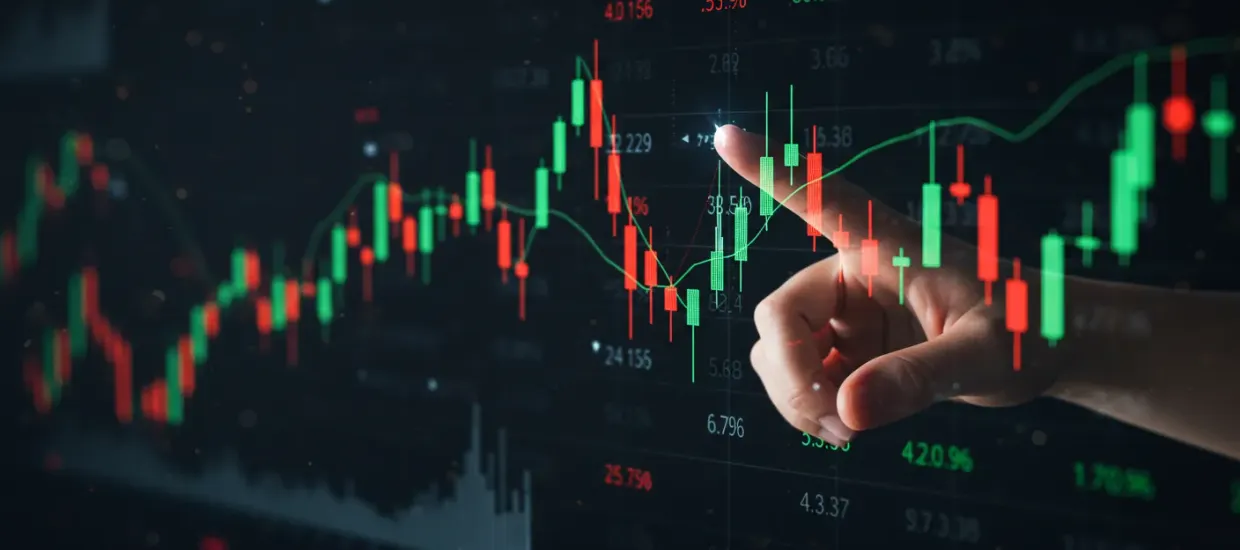- Calculate your win rate (percentage of winning trades)
- Determine your average win (in dollar or percentage terms)
- Calculate your loss rate (percentage of losing trades)
- Determine your average loss (in dollar or percentage terms)
Trading Expectancy: The Key Metric for Sustainable Trading Results

Understanding trading expectancy is crucial for any trader who wants to achieve consistent profits. This mathematical concept helps traders evaluate the effectiveness of their strategies by measuring the average amount they can expect to win or lose per trade over time.
Trading expectancy is a mathematical formula that measures the average amount a trader can expect to win or lose per trade over time. It combines your win rate with your risk-reward ratio to determine if your trading strategy has a positive edge in the market.
Many traders focus exclusively on win rate, but this is only half the equation. A strategy with a high win rate but poor risk-reward ratio can still lose money long-term. Pocket Option traders who understand expectancy gain a significant advantage in the markets.
The formula for trading expectancy is:
Expectancy = (Win Rate × Average Win) - (Loss Rate × Average Loss)
Let's break this down into steps:
| Component | Formula | Example |
|---|---|---|
| Win Rate | Winning Trades ÷ Total Trades | 40 wins ÷ 100 trades = 0.4 (40%) |
| Loss Rate | Losing Trades ÷ Total Trades | 60 losses ÷ 100 trades = 0.6 (60%) |
| Average Win | Total Profit ÷ Number of Winning Trades | $2,000 ÷ 40 = $50 |
| Average Loss | Total Loss ÷ Number of Losing Trades | $1,200 ÷ 60 = $20 |
Using the example above:
Expectancy = (0.4 × $50) - (0.6 × $20) = $20 - $12 = $8
This means that, on average, each trade makes $8. A positive expectancy indicates a profitable strategy over time.
- Provides objective measurement of strategy profitability
- Helps eliminate emotional decision-making
- Allows comparison between different trading systems
- Builds confidence in your trading approach
| Scenario | Win Rate | Avg Win | Avg Loss | Expectancy |
|---|---|---|---|---|
| High win rate, small wins | 70% | $20 | $40 | $2 |
| Low win rate, big wins | 30% | $100 | $25 | $12.5 |
| Balanced approach | 50% | $50 | $30 | $10 |
Notice how the second scenario has the lowest win rate but the highest expectancy. This illustrates why win rate alone is misleading.
There are several ways to improve your trading expectancy. Pocket Option provides tools that can help with each of these approaches:
- Increase your win rate through better entry signals
- Increase your average win by letting profits run longer
- Decrease your average loss with tighter stop losses
- Balance your risk-reward ratio (minimum 1:2 recommended)
| Improvement Method | Implementation Strategy |
|---|---|
| Better Entry Timing | Wait for confirmation signals; use multiple timeframe analysis |
| Improved Exit Strategy | Use trailing stops; scale out of positions |
| Position Sizing | Risk consistent percentage per trade (1-2% recommended) |
| Market Selection | Focus on markets that suit your strategy |
Consistently tracking your trading results is essential for calculating accurate expectancy. Pocket Option offers trading journals and performance metrics to help you monitor:
| Metric | Importance | How to Track |
|---|---|---|
| Win/Loss Ratio | Core component of expectancy | Trade journal, platform statistics |
| Average Win/Loss | Core component of expectancy | Trade journal, platform statistics |
| Largest Win/Loss | Identifies outliers | Trade journal with detailed notes |
| Drawdown | Risk management metric | Account equity tracking |
Here's how to apply trading expectancy to your daily trading:
- Calculate expectancy for each strategy you employ
- Focus more capital on strategies with higher expectancy
- Re-evaluate strategies with negative expectancy
- Calculate expectancy across different market conditions
Trading expectancy provides a mathematical framework for evaluating trading strategies beyond simple win rates. By understanding and applying this concept, traders can make more informed decisions about which strategies to pursue and how to allocate their capital.
Remember that expectancy is calculated over a large sample of trades, not just a few. Pocket Option traders who consistently track their performance and focus on improving their trading expectancy develop more sustainable and profitable approaches to the markets over time.
FAQ
Can a strategy with a low win rate still be profitable?
Yes, a strategy with a low win rate can be highly profitable if the average win is significantly larger than the average loss. For example, a strategy that wins only 30% of the time but makes three times more on winners than it loses on losers will have a positive expectancy.
How many trades do I need to calculate reliable trading expectancy?
Generally, you need at least 30 trades to start getting statistically significant results, but 100 or more trades will provide a much more reliable calculation of your true trading expectancy.
Does Pocket Option provide tools to track trading expectancy?
Pocket Option offers trading journals and performance analytics that can help you track the key metrics needed to calculate your trading expectancy, including win rates and average profit/loss figures.
Should I abandon a strategy with negative expectancy immediately?
Before abandoning a strategy with negative expectancy, first ensure you have enough trades to make the calculation statistically valid. Then analyze if there are specific market conditions where the strategy performs better and whether modifications could improve its performance.
How often should I recalculate my trading expectancy?
You should recalculate your trading expectancy regularly, especially after significant market changes or when you modify your trading approach. Many successful traders review their expectancy metrics monthly or quarterly.